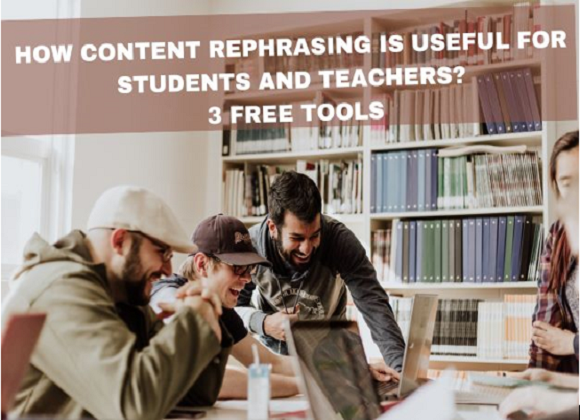There is a learning tool that is appropriate for both visual and auditory learners: the flashcard. Flashcards combine elements of visual and auditory learning in a seamless way that makes them appropriate for students of all types.
Critics' main argument is that flashcards are so separate from real-life problem-solving situations that any knowledge acquired from them will either (1) not stick or (2) not be transferable to the scenario in which the knowledge will actually have to be applied. This argument seems to be based on some world in which flashcards are the only way that educators are imparting knowledge onto students.
Yet, if teachers apply flashcards the right way, I have argued, then students using flashcards will have a critical component not found in Shawn’s straw man world.
Having an anchor behind a learner’s flashcard experience helps tie every flashcard concept back to the real-world context in which it was first learned, resulting in context-dependent learning. These anchors can exist in any number of forms.
Here are a few examples:
- A classroom discussion and collaboratively created outline about World War II
- A Spanish class skit in which students must use their new fruit vocabulary words
- A concept map is drawn to help diagram the complex processes of photosynthesis
If a learner creates (or is given) flashcards to help reinforce any of those concepts, then she will naturally be making the real-world mental associations back to the more complex, big-picture setting in which the knowledge was acquired. Even if there is a flashcard about a WWII concept, fruit vocabulary word, or photosynthesis step that was not initially seen in the classroom activity, the flashcards can still help fill in the gap while the student imagines how it could have fit into the bigger picture. Our brains create linkages between the material we learn regardless of the medium.
About the author
Sadhna Aggarwal is a teacher of Abhinav Bal Vidyalaya. Any views expressed are personal.


